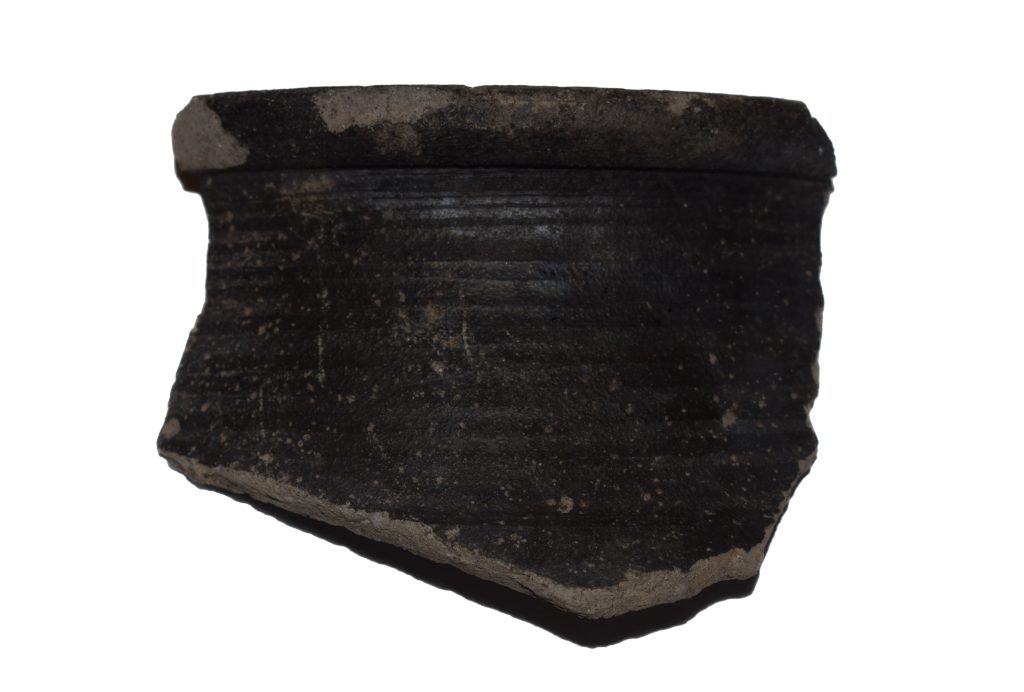The project tackles the urgent need for research into the real extent of cultural diversity in the distant past, by examining the culinary practices of three multicultural communities living in Britannia, a province at the northern edge of the Roman empire. We aim to do this by shifting attention to food and cuisine, which offers a simple and effective way to plug gaps in understandings of Roman cultural diversity.
The Roman period in Britain marked a high-point for the arrival of people, plants and animals from across Afro-Eurasia. Cities and military bases were cosmopolitan places in which the evidence for cultural diversity is matched by the evidence for new foods and vessels for cooking and eating. While modern audiences are familiar with the lives of Roman elites from ancient written sources and art, our project will focus on experiences of non-elites, provincials, immigrants and minorities through the integration of archaeological science and pottery research.

The project will develop a novel interdisciplinary approach based on the application of well proven yet under-utilised techniques in the archaeological, scientific, and statistical analysis of Roman cooking wares. This suite of analyses will generate rich new data on the daily lives and foodways of multicultural societies in Roman Britain. It will involve combining the ‘big data’ analysis of Roman pottery use with state-of-the-art scientific techniques of organic residue analysis of lipids, including chromatography, mass spectrometry, stable carbon isotope analysis, and powerful new statistical approaches for data analysis. Through this approach, it will be possible for the first time to determine what kinds of foods were being cooked in different kinds of Roman pots, and associate this with the origins and experiences of their users. Three highly connected and multicultural environments will be examined, comprising: Colchester, Britain’s first Roman veteran colony established shortly after the Roman conquest in AD 49; Vindolanda, a fort near Hadrian’s Wall known for its writing tablets produced by a diverse garrison; and York, a city that hosted the African emperor Septimius Severus in AD 208-11, whose visit coincided with the production of new pottery with foreign elements unparalleled in elsewhere Britain. These case-studies will be supplemented by research into the occurrence of pottery types at other locations in Britannia and the Roman world, to properly appreciate their significance in the context of Rome’s globalising empire. The project findings will build upon the scant evidence for multiculturalism in Britain’s distant past, shed new light on the cultural impacts of migrants and their cuisine, and demonstrate the true extent of cultural diversity that existed in this insular and peripheral region.